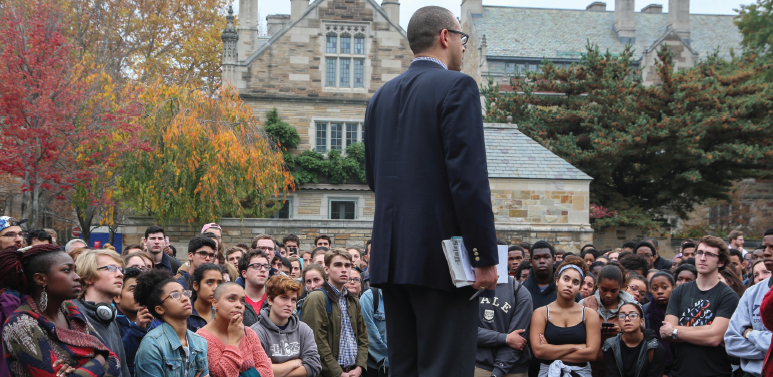‘Monstress’: Inside The Fantasy Comic About Race, Feminism And The Monster Within
The Hollywood Reporter
2015-11-03
Graeme McMillan

“I didn’t realize how massive it was until I started writing it,” creator Marjorie Liu tells THR.
Monstress, a new comic book series from Image Comics which launches this week, is all about hidden depths. Not only for the title character — a teenager who literally has a monster living inside her — but for the series itself, which uses the fantasy genre to explore real world issues in a new and fascinating way. Writer and series creator Marjorie Liu (Marvel’s Astonishing X-Men, the Hunter Kiss series of novels) talked to The Hollywood Reporter about the origins of the series, and why Monstress is even more than she anticipated.
“I didn’t realize how massive it was until I started writing it, and realized I had totally underestimated both the size of the project, and my own ability to wrap my head around it,” Liu says of the series. “I wanted to write about girls and monsters, which has been a theme of mine from almost the start of my career — girls and giant monsters, and the supernatural. I wanted to tell a story about war, and surviving war — and I wanted to set it all in an alternate Asia.”…
…Monstress was influenced by a number of people, ideas and experiences from Liu’s life, she explained. “For example, growing up with my Chinese grandparents who were always talking about WWII — how they survived, how they fought. It wasn’t just the war they discussed, but what came after: how they had to piece their lives back together. But what’s striking to me are the photos from this time, especially the ones of my grandmother. She’s always beaming. Her smile is amazing. You would never have dreamed she went through hell.”
That pushed Liu into considering inner strength — “What does it take to hold on to one’s humanity when you’re forced to suffer the long, continuous, dehumanizing experience of war? Is it just strength? Is it something in your character? Is it the kinds of friends you surround yourself with?” — which is one of the key themes to the series. “Other questions I’ve wrestled with, both in this book and others [are] what it means to be of mixed race, what it means to straddle the borderlands of two cultures,” she added.
“The world of Monstress is one that has been torn apart by racism, slavery, by the commodification of mixed race bodies that produce a valuable substance that humans require like a drug. Even if you look human, you might not be safe. It’s a familiar story to people of color in this country, and in the last four or five years I’ve found myself deeply immersed in the study of identity and race, especially in the Asian American context.”…
Read the entire article here.


